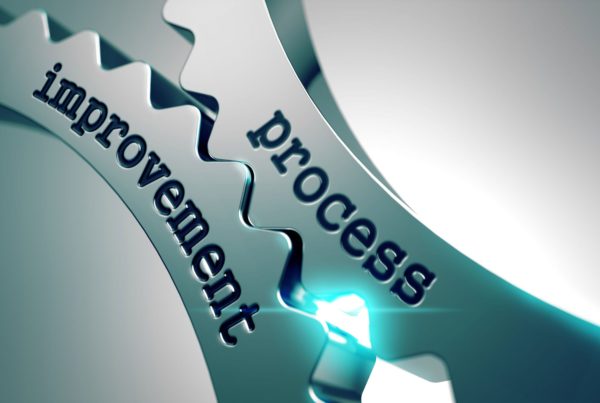When anticipating future sales and expansion, you will consider growth on several layers: Business as usual, your growth strategy, and your market assumptions. All three layers require a level of educated estimates (and that elusive crystal ball!). There will likely be additional layers that you can consider for your specific department or company. For example, product life cycles, customer pipeline, and the breakdown of your business by segment (the difference between growth of B2B or B2C segments).
These three layers are a starting point that all businesses or departments can consider regardless of their unique operations:
Consider your budget in three build-able layers:
Layer 1 – Business as Usual:
Begin your sales projections by considering what your department or company growth would look like if you made no changes to your strategy and continued to operate business-as-usual. Would there be organic growth, would your sales stay the same, or is it possible they will decrease? How will expenses change relative to business as usual growth (link to next section on the cost of doing business). This growth is likely based on historical averages and does not yet consider the nuances of any anticipated market changes which is incorporated in the 3rd layer (link to layer 3 further down the page).
Layer 2 – Additional Growth Strategy:
What plans do you have for the upcoming year that may affect your growth positively or negatively? Are you making major changes or reducing product lines to increase profit? Are you adding marketing and sales costs to drive revenue? Are you expanding significantly? What can you reasonably expect from your new strategy? Add this layer into your revenue and sales budget.
Layer 3 – Market Assumptions:
Finally, consider the upcoming market changes that may affect your business. Is consumer spending expecting to take a down turn? Are housing and construction demands going to continue to increase? What can you find out about your industry that will help predict your sales for the upcoming year and mitigate potential risks? Apply these final assumptions to your revenue budget to complete this portion of your budget.
Revenue assumptions consider multiple layers that will affect the outcome.
In summary:
- Consider your historical averages to create a baseline growth estimate for revenue/sales
- Add to this your estimated increase or decrease in revenue as a result of your growth strategy
- Apply an estimate of the market conditions for the upcoming year that may affect any of your revenue estimates
Questions? Contact Us
If you want to learn how to instill a culture of Continuous Improvement within your organization contact us at Propel Solutions today. We specialize in creating high performing teams and have a proven track record of powerful results.
Propel Solutions
- 📍 789 W. Pender Street, Vancouver, BC, Canada
- 📞 604-346-5185








